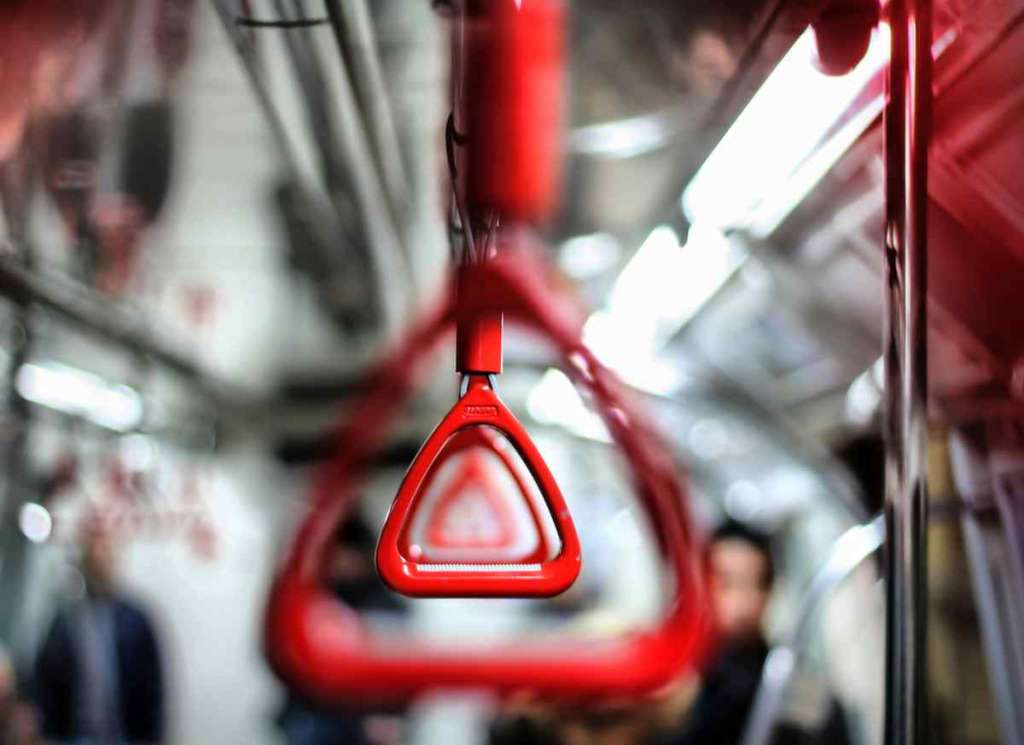How Does Idaho Handle Recycling and Waste Management?
Idaho’s Recycling Program
Idaho has a comprehensive recycling program that aims to reduce the amount of waste going to landfills. The program is managed by the Idaho Department of Environmental Quality (DEQ) and includes a variety of initiatives to promote recycling.
One of the key components of Idaho’s recycling program is the statewide bottle bill. The bottle bill requires retailers to charge a deposit on all beverage containers, which are then refunded to consumers when they return the containers to a recycling center. The bottle bill has been very successful in reducing the amount of litter in Idaho and has also helped to increase the recycling rate.
In addition to the bottle bill, Idaho has a number of other recycling programs in place. These programs include:
Curbside recycling: Many cities and towns in Idaho offer curbside recycling pickup. This service allows residents to recycle their recyclables from the convenience of their homes.
Drop-off recycling: There are also a number of drop-off recycling centers located throughout Idaho. These centers allow residents to drop off their recyclables at a convenient location.
Composting: Composting is a great way to reduce the amount of food waste going to landfills. There are a number of composting programs available in Idaho, including backyard composting and community composting programs.
Idaho’s recycling program is a success story. The program has helped to reduce the amount of waste going to landfills, conserve natural resources, and create jobs. If you live in Idaho, there are a number of ways you can get involved in the recycling program. You can recycle your recyclables through curbside pickup, drop-off recycling, or composting. You can also support businesses that use recycled materials. By recycling, you can help to make a difference for Idaho’s environment.
Idaho’s Waste Management System
Idaho’s waste management system is designed to protect the state’s environment and public health. The system includes a variety of programs and facilities to manage waste, including landfills, incinerators, and recycling centers.
Landfills are the most common type of waste management facility in Idaho. Landfills are designed to safely dispose of waste by burying it in the ground. Idaho has a number of landfills located throughout the state, including the Deer Park Landfill in Caldwell and the Eastern Idaho Regional Landfill in Pocatello.
Incinerators are another type of waste management facility that is used in Idaho. Incinerators burn waste at high temperatures to reduce its volume and weight. Idaho has two incinerators located in the state, including the Ada County Waste-to-Energy Facility in Boise and the Pocatello Regional Landfill Incinerator in Pocatello.
Recycling centers are also an important part of Idaho’s waste management system. Recycling centers allow residents to drop off their recyclables, which are then processed and recycled into new products. Idaho has a number of recycling centers located throughout the state, including the Boise Recycling Center and the Pocatello Recycling Center.
Idaho’s waste management system is a complex and ever-changing one. The system is constantly being updated to meet the needs of the state’s growing population and to protect the environment. If you have any questions about Idaho’s waste management system, you can contact the Idaho Department of Environmental Quality.
Glossary: Idaho’s Recycling and Waste Management
Curbside Recycling: A convenient method of recycling where residents can place their recyclables in designated bins or containers for collection at their curbside.
Drop-Off Recycling: A system where residents transport their recyclables to designated drop-off locations or recycling centers for processing.
Food Waste: Organic matter from food sources, including spoiled or uneaten food, food scraps, and yard waste.
Hazardous Waste: Waste that poses a significant risk to human health or the environment due to its toxic, corrosive, flammable, or reactive properties. Examples include batteries, electronics, paints, and certain chemicals.
Incineration: A waste management technique that involves burning waste at high temperatures to reduce its volume and weight.
Landfill: A designated area where waste is disposed of by burying it in the ground. Landfills are typically used for non-recyclable, non-hazardous waste.
Materials Recovery Facility (MRF): A facility where recyclables are sorted, processed, and baled for further processing and manufacturing.
Municipal Solid Waste (MSW): Non-hazardous waste generated by households, businesses, and institutions, including items like paper, plastic, metal, food scraps, and yard waste.
Recycling: The process of converting waste materials into reusable materials or products. Recycling helps conserve natural resources, reduce pollution, and save energy.
Single-Stream Recycling: A simplified recycling system where all recyclables are collected together in one bin or container, eliminating the need for sorting by residents.
Solid Waste: Non-liquid waste materials that require proper disposal, including garbage, construction debris, and industrial waste.
Waste Audit: A comprehensive assessment of the composition and quantity of waste generated by a specific source, such as a household, business, or community. Waste audits help identify areas for waste reduction and recycling improvement.
Waste Hierarchy: A framework that prioritizes waste management strategies based on their environmental impact. The hierarchy advocates for waste reduction, reuse, recycling, composting, and incineration, with landfilling as the last resort.
Waste Management: The collection, transportation, processing, and disposal of waste in a responsible and environmentally sound manner.
Zero Waste: A goal or ambition to eliminate waste by reducing, reusing, recycling, and composting as much material as possible, aiming for a circular economy where waste is minimized or eliminated.Waste Reduction: Strategies aimed at reducing the amount of waste generated at the source. This can include measures such as reducing packaging, purchasing durable goods, and composting food scraps.
Waste-to-Energy (WtE): A waste management technology that converts non-recyclable waste into electricity or other forms of energy. WtE facilities burn waste at high temperatures to generate steam or gas, which is then used to power turbines or produce heat.
Zero Waste: A goal or ambition to eliminate waste by reducing, reusing, recycling, and composting as much material as possible, aiming for a circular economy where waste is minimized or eliminated.
Additional Context and Insights
Idaho’s recycling and waste management system is constantly evolving to meet the needs of its growing population and to protect the environment. In recent years, there has been a growing emphasis on waste reduction and diversion programs.
One of the most significant developments in Idaho’s waste management system has been the implementation of the state’s Extended Producer Responsibility (EPR) program. EPR programs shift the responsibility for managing certain products at the end of their useful life from local governments to the producers of those products. This has led to increased recycling and diversion rates for products such as electronics, batteries, and paint.
Another important development in Idaho’s waste management system has been the growth of composting programs. Composting is a natural process that converts organic waste, such as food scraps and yard waste, into a nutrient-rich soil amendment. Composting helps to reduce the amount of organic waste going to landfills and can also improve the health of soils.
Idaho is also exploring new technologies to improve its waste management system. One promising technology is anaerobic digestion. Anaerobic digestion is a process that converts organic waste into biogas, which can be used to generate electricity or heat. Anaerobic digestion facilities are currently being developed in Idaho, and this technology has the potential to significantly reduce the amount of waste going to landfills.
Conclusion
Idaho has made significant progress in improving its recycling and waste management system. The state’s comprehensive recycling program has helped to reduce the amount of waste going to landfills, conserve natural resources, and create jobs. Idaho’s waste management system is also constantly evolving to meet the needs of its growing population and to protect the environment. The state is exploring new technologies and programs to further reduce waste and improve the health of its environment.
Call to Action
If you live in Idaho, there are a number of ways you can get involved in the recycling and waste management system. You can recycle your recyclables through curbside pickup, drop-off recycling, or composting. You can also support businesses that use recycled materials. By doing your part, you can help to make a difference for Idaho’s environment.

